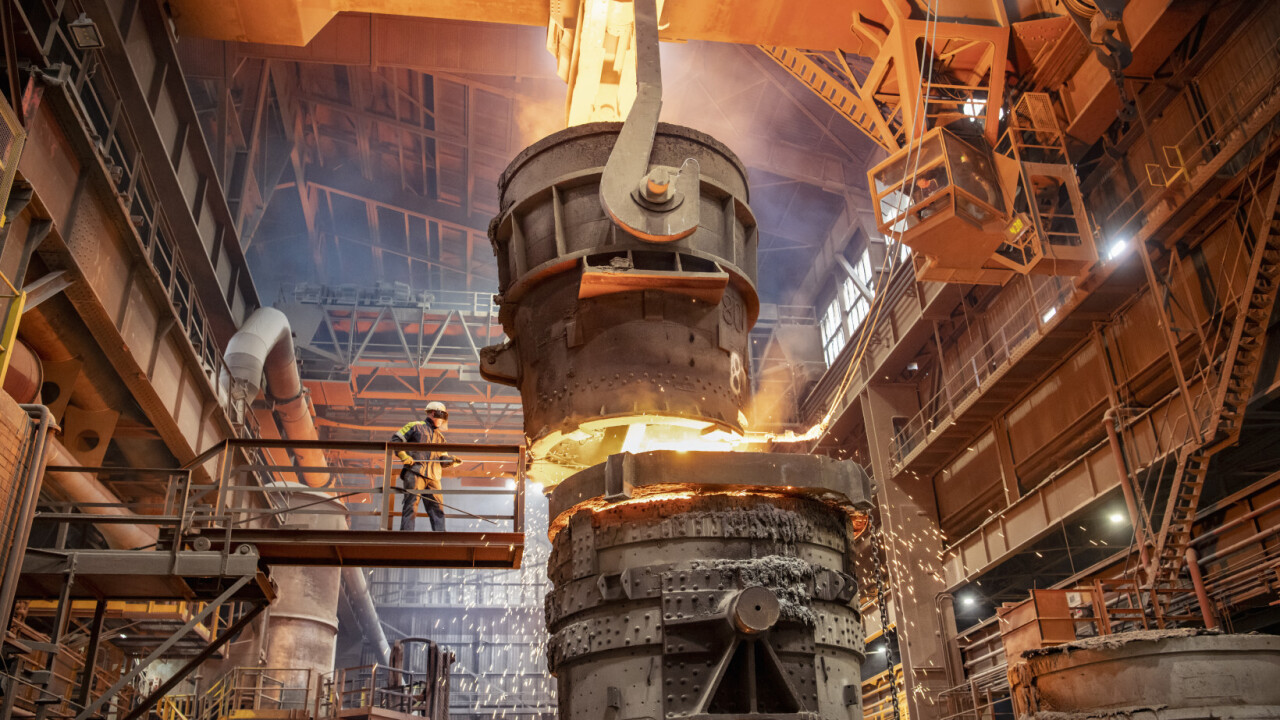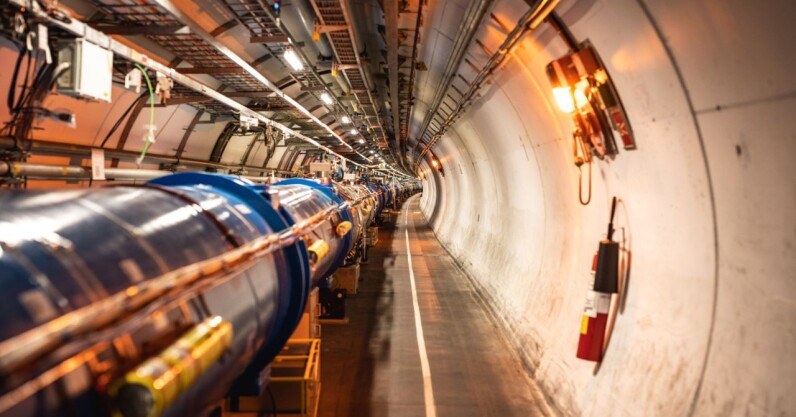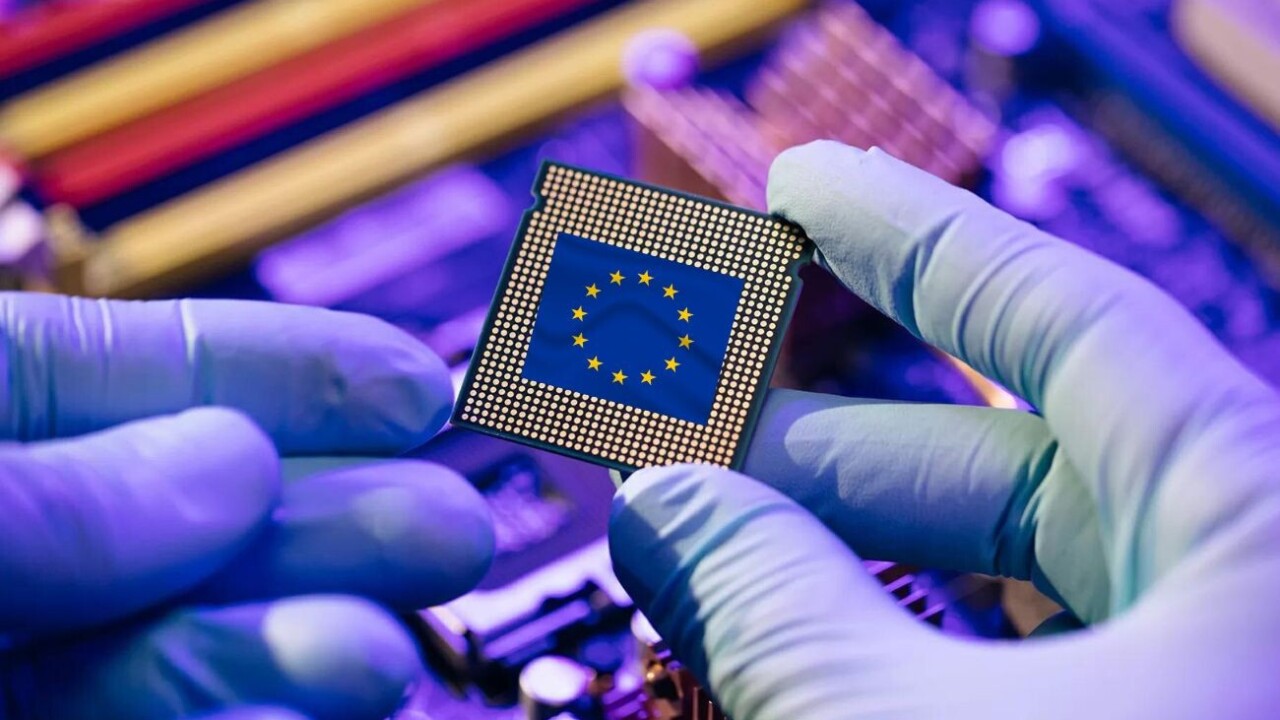Under the European Union’s new Digital Markets Act (DMA), which aims to increase competition, large online platforms, including Apple, must open up their devices to third-party app stores.
The DMA also requires these online platforms to permit sideloading, i.e., letting users install software that they download from the Internet. These platforms have until 2024 to comply with the DMA.
Passed in 2022, the goal is to prevent dominance of so-called “gatekeepers” within the market and ensure a level playing field for all EU businesses.
In particular, EU regulators have been concerned about the advantage Apple currently has in the market as it doesn’t allow the use of third-party app stores on iOS devices, as such Apple sets the rules and prices for app developers who want to reach its users (currently they have 34% of market share in Europe). In the past, developers who violated these rules have been banned from the App Store.

The <3 of EU tech
The latest rumblings from the EU tech scene, a story from our wise ol’ founder Boris, and some questionable AI art. It’s free, every week, in your inbox. Sign up now!
While the consensus is that this provision of the law is good for users and even Apple, it’s unclear how the regulation will affect application developers.
The question is what do app developers think about these new regulations? Will they actually be beneficial to EU based developers and what will be the short and long term impact on the EU’s app market? We spoke with a few to find out.
More opportunities to innovate
Strict rules can be a barrier to innovation and not getting accepted into the Apple App Store can break a business, said Markus Müller-Simhofer, CEO of IdeasonCanvas, creator of MindNode, a visual brainstorming and mind mapping app.
“So developers are cautious and avoid crossing the lines defined by the App Store rules,” he said. “[Consequently], many interesting new features or apps will never get developed.”
Max Seelemann, co-founder and executive director at Ulysses, a writing app for Mac, iPad, and iPhone, agreed that Apple does impose a lot of rules on developers — rules that developers may be tempted to break. However, doing so could get them expelled from the App Store.
For example, in August 2020, Apple removed Epic Games’ Fortnite from its App Store because the developer tried to get around paying Apple’s 30% commission on in-app purchases.
How regulators and Apple decide to address security could have a major impact on user experience.
However, with third-party stores, developers will have a plan B if the Apple App Store doesn’t work out, Müller-Simhofer said. “This adds a much-needed safety net for developers who try to strive for more innovative features,” he said. “In the end, the App Store will also benefit from this.”
The DMA, therefore, allows developers to try out new business models and ways of selling/marketing their apps without the risk of losing Apple users. Mykola Savin, product lead at Setapp, a third-party app store that offers subscription-based access to a curated collection of apps on its platform, said that this provision of the DMA will create many more opportunities for developers to innovate.
“They will have the creative freedom to develop products,” Savin said. “And this will open up a system that will provide developers with more chances to experiment and to find what works for their users.”
For example, a number of app developers on Setapp (for macOS) who are focused on creative professionals have found new ways to attract users when offered as part of a suite of productivity apps, rather than as a standalone application. This reach could expand as the platform becomes available on iOS.
Müller-Simhofer said, “What I like about Setapp is that it offers a curated selection of quality apps. When we first joined [in 2018], it was also an excellent way for us to try out a subscription model for our app. As a result, we’ve moved our App Store version to a subscription business model.”
Security and privacy concerns
Müller-Simhofer added that he has some concerns about security and privacy related to this change — issues that Apple has also raised.
“Apple does a lot of good things in this area,” he said. “They don’t catch every scam or malicious app, but at least they try to uncover most of them and remove them once they’re uncovered.”
Philip Young, founder of Session, a pomodoro style productivity app that blocks distractions and tracks progress, shares these security and privacy concerns as they relate to third-party app stores.
“While the App Store isn’t perfect, it does shield end users from low-quality apps, predatory pricing from bad developers who target vulnerable demographics, and user tracking without consent,” he said.
As we discussed previously with experts on EU and tech policy, how regulators and Apple decide to address security when implementing the provisions could have a major impact on usability and user experience.
It took me over six months and more than 30 tries to register.
Overall, Young’s opinion is that opening up Apple devices to third-party app stores will have a big impact on the EU’s app marketplace. He said that more developers will be willing to release their apps on third-party stores on iOS devices so they won’t have to deal with the Apple App Store’s arduous review process.
The issue is about money, not security and privacy
Not having to rely on Apple’s App Store, will also allow app developers to shop the market for app stores that will provide better customer service and more beneficial pricing options. This could help push both Apple and third party stores to improve their offering to developers.
“Bug fixes can be released faster compared to when they’re released on the App Store,” he said. “Waiting up to 20 days for bug fixes is frustrating, especially when it’s out of my control and I can’t contact Apple about it,” Young said.
In addition, developers won’t have to pay the 15%-30% Apple tax any longer.
“Imagine losing 30% of your gross revenue, then losing another 10%-60% of your net profit to pay the state tax wherever you live,” Young said. “You end up with almost nothing.”
Seelemann noted that many developers are also upset about the transaction fees that Apple charges.
“[Money] is at the core of the battle,” he said. “I can imagine that Apple is concerned that they’re going to lose a significant amount of revenue. They say it’s about safety, security, user experience, and what have you. But I would say these are only secondary concerns.”
It’s unlikely to topple the dominance of the App Store.
Seelemann said that he’ll likely put Ulysses on all the platforms that make sense for his company.
“And if the transaction fees are low on other platforms, we might even direct the users that come through our channels to the alternative [app stores] because they’re cheaper for us,” Seelemann said.
Young also said that some developers have had bad experiences with the App Store and as such have avoided building on the platform.
“My previous experience came from building web apps that are permissionless,” he said. “The App Store review has been a painful experience for me.”
Young explained that it took him three months to build Session, but he couldn’t release it because he couldn’t register for the Apple Developer Program.
“I couldn’t contact [Apple] for any reason, and it took me over six months and more than 30 tries to register,” he said. “Multiple calls to Apple Singapore proved useless. I was only able to register when I emailed them with my credit card and CVV number, so they could bill me directly. I know that’s not safe, but it worked, and now I’m registered.”
The long-term impact on the EU’s app market
While Apple initially seemed to be somewhat resistant to the requirements of the DMA, experts believe it’s unlikely to topple the dominance of the App Store.
And Seelemann said he isn’t even sure that this will be a major change for developers — at least in the short term.
“The [Apple] App Store right now is such an essential place,” he said. “And I don’t see that alternative app stores will overtake it in a short time. Maybe in [a few years] or even a decade things might change but, even when alternative app stores are installed, people will still go to the Apple App Store first to find apps. I don’t think when the gates open, there will be a flood coming.”
It remains to be seen what the full impact of the DMA will be on the EU’s app market but what we can say is that Apple isn’t going anywhere. As the App Store continues to be preinstalled on Apple’s devices, to reach these users, app developers will still need to contend with the company’s rules. However, more options may give newbie app developers more room to experiment, innovate, and grow their user base.




















